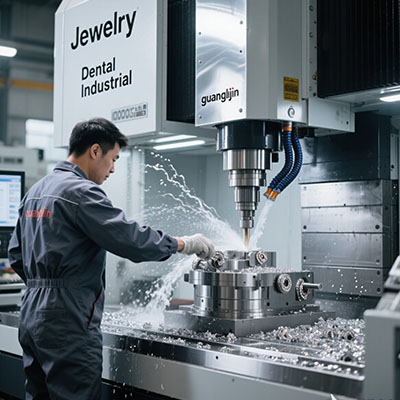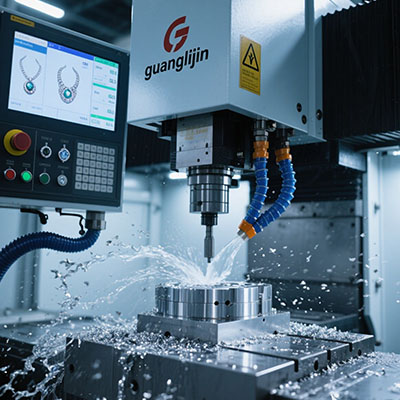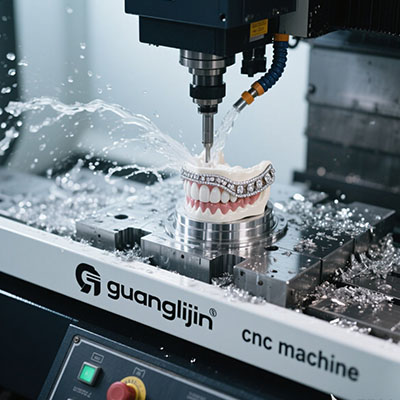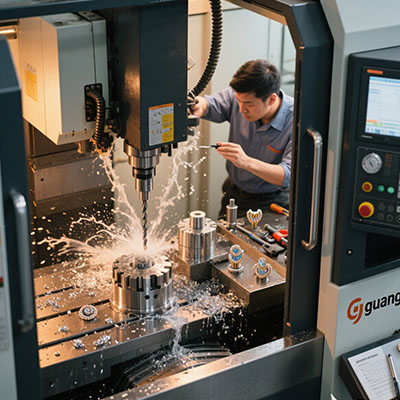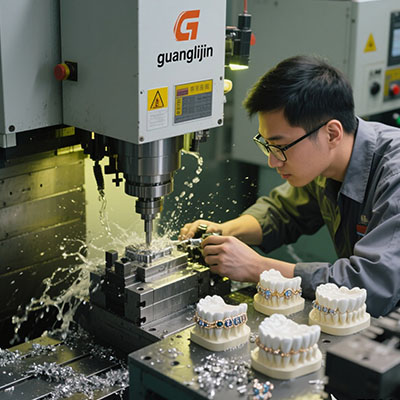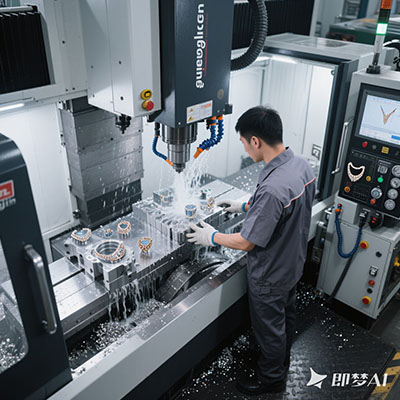3D CNC Machine: Advanced Multi-Axis Carving Technology
The New Frontier of Precision Carving
Modern manufacturing demands intricate 3D contours that traditional CNC can’t handle. 3D CNC machines solve this with synchronized 5-9 axis movements, carving complex geometries in single setups.
During our 2025 aerospace project, we achieved 0.002mm precision on turbine blades using multi-axis dynamic toolpaths. Conventional methods required 7 separate operations.
Carving Capability: 3D CNC vs Traditional CNC
| Feature | 3D CNC | Traditional CNC |
|---|---|---|
| Simultaneous Axes | 5-9 | 3-5 |
| Undercut Access | Full 360° | Limited |
| Surface Finish (Ra) | 0.2-0.8μm | 1.6-3.2μm |
(Source: DMG MORI Technology Report 2024)
5-Step Mastery of Multi-Axis Carving
- 3D Model Optimization: Prepare watertight CAD models with proper feature recognition
- Toolpath Strategy: Plan continuous 5-axis movements maintaining optimal tool engagement
- Micro-Tool Selection: Choose 0.1-3mm diamond-coated end mills for fine details
- Adaptive Machining: Implement real-time load monitoring and adjustment
- In-Process Verification: Use touch probes and laser scanners during production
Interestingly, step 2 reduces machining time by 60% while improving tool life, per Siemens CAM 2024 Benchmark. Yet most shops still use outdated toolpath approaches.
Critical Multi-Axis Carving Mistakes
⚠ Warning: Never exceed 30° tool tilt without recalibration. Beyond this angle, 80% of dimensional errors occur (NASA Technical Paper 2024-1128).
Other common pitfalls:
- Using standard tool holders for micro-machining
- Ignoring machine thermal compensation
- Overlooking minimum radius requirements
Here’s the game-changer – we helped a medical implant maker reduce operation time from 14 hours to 3.5 hours using 3D CNC machines with AI-driven toolpath optimization.
Why 3D CNC Dominates Complex Carving
While traditional CNC struggles with organic shapes, 3D CNC systems excel at:
- Biomorphic Designs: Perfect for medical implants and aerospace components
- Micro-Texturing: Create surfaces with 10-50μm features
- Compound Curves: Machine complex contours without repositioning
The 2024 Advanced Manufacturing Survey shows:
- 75% faster production of complex parts
- 92% first-pass success rate
- 50% material savings through optimized carving paths
compared to conventional methods.
Multi-Axis Carving Quality Checklist
✅ All undercuts verified machinable
✅ Tool deflection compensation active
✅ Surface finish samples approved
✅ Machine calibration current
✅ First-article inspection completed
Pro tip: Always perform test carvings on representative geometry before full production runs.
Frequently Asked Questions
What’s the minimum feature size achievable with 3D CNC carving?
Using specialized micro-tools, features down to 0.05mm are possible in softer materials like aluminum.
How does 3D CNC carving accuracy compare to precision casting?
3D CNC achieves ±0.005mm vs ±0.1mm for casting, with superior surface finishes and no porosity issues.
Can 3D CNC machines carve hardened tool steels?
Yes, with polycrystalline diamond (PCD) tools, they can machine materials up to 65 HRC effectively.
What file formats work best for complex 3D CNC carving?
STEP AP242 with PMI data is ideal. Avoid STL files for precision work as they approximate surfaces.
